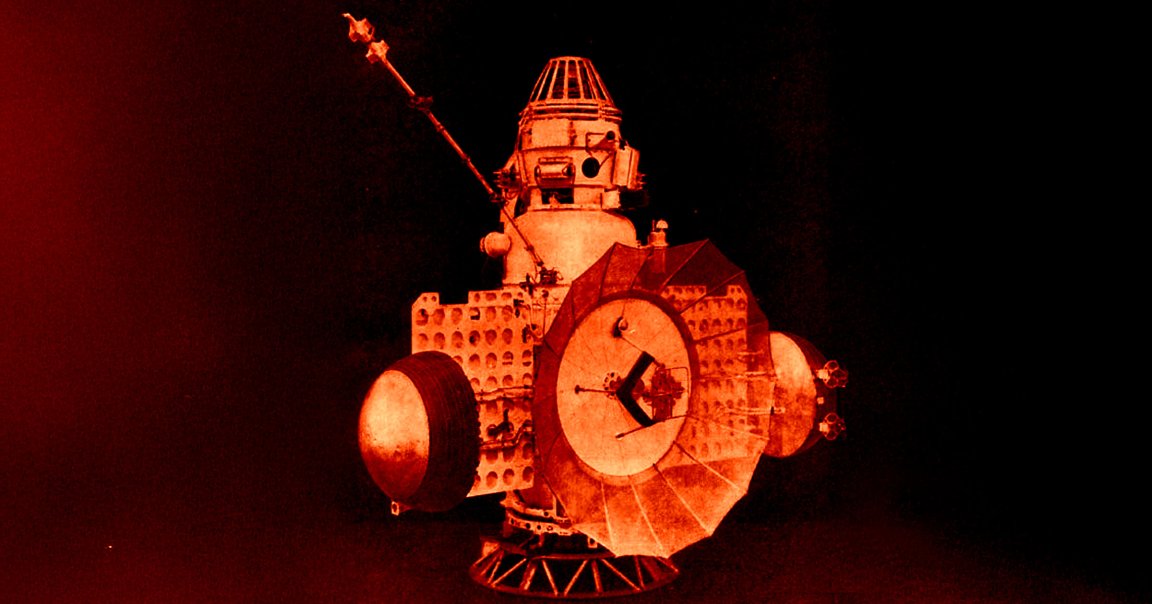
Harvard astronomer Avi Loeb is no stranger to furthering eyebrow-raising ideas.
Lately, for instance, he’s been hypothesizing that the interstellar object 3I/ATLAS — broadly believed by his peers to be a comet — is an artifact sent to us by an alien civilization. He has even suggested that the rare visitor may be behind the “Wow! Signal,” an unusual radio emission that has puzzled scientists since its detection in 1977.
Now, in a new blog post, Loeb suggests that a newly-identified quasi-satellite — a small object with an Earth-like orbit — may also be a visitor from a long-dead intelligent civilization.
The twist? The civilization in question would be the Soviet Union. Specifically, the researcher suggests that 2025 PN7, a so-called “second moon” that was first discovered to have been temporarily captured by the Earth’s gravitational pull in August, could be the remnants of the USSR’s Zond 1 mission, which launched in April 1964 — a tantalizing theory that isn’t as far-fetched as it sounds.
The Zond 1 probe was the second Soviet spacecraft to reach Venus, and the first lander to have been sent there. However, technological issues resulted in scientists losing contact long before it arrived at its intended destination.
With the help of Loeb’s colleague Adam Hibberd, a software engineer for the nonprofit Initiative for Interstellar Studies, Loeb attempted to retrace the Zond 1 mission’s interplanetary trajectory and compared it to 2025 PN7’s.
Their running theory: Zond 1 struggled to boost itself sufficiently to make it to Venus, circling the Sun in a long-lost orbit — only to have been found again as what astronomers are now calling quasi-satellite 2025 PN7. (Alternatively, Loeb suggested, 2025 PN7 could be the upper stage of the rocket that launched Zond 1.)
To put their hypothesis to the test, Loeb and Hibberd suggest getting a “measurement of the spectrum of 2025 PN7,” which could “potentially reveal its surface composition and test whether its origin is technological.”
Intriguingly, it wouldn’t be the first time we’ve seen a resurfaced relic of human-made technology close to Earth that dates back to the 1960s. In September 2020, the Pan-STARRS telescope in Hawaii spotted an object orbiting the Sun, dubbed 2020 SO — which was eventually identified as the Centaur upper stage of NASA’s Surveyor 2 mission.
The mission, the space agency’s second uncrewed lunar lander, launched in September 1966. However, the spacecraft lost control due to a course correction failure, dooming it to circle the Sun for over half a century.
More on Loeb: The Mysterious Interstellar Object May Be Slamming on the Brakes, Scientist Says